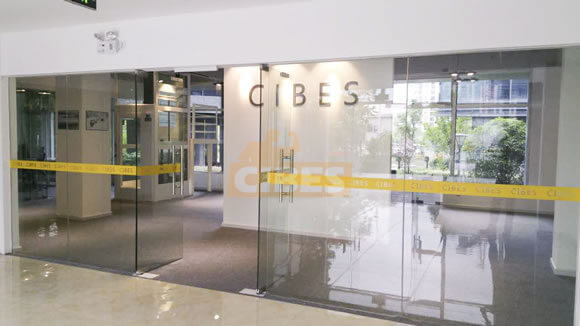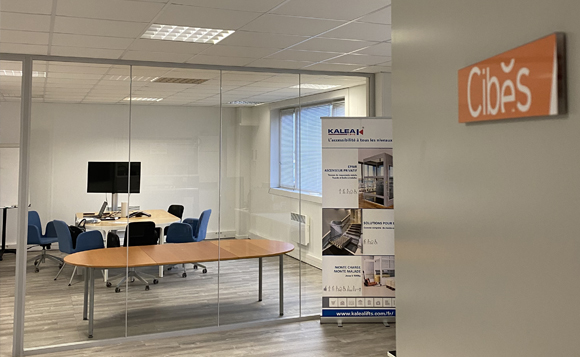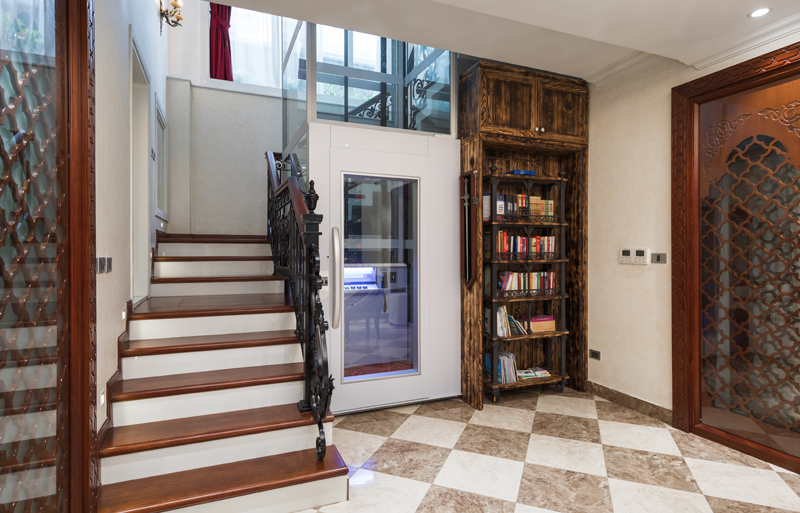Preliminary to installing a new lift there is a lot to take into consideration. The shapes, the colours, the length of the mirrors, controls etc. but we never look at what would be best suited to us. So let us get a fair understanding of how each one of them function and what they have best to offer.
Traction Lifts
A traction lift is literally a box on steel ropes connected to an electric motor. The sheaves have a counterweight attached to balance the load of the elevator car and the traction on the ropes raises and lowers the lift.
Pros –
- The main benefit of a traction lift is its higher speed as compared to the other varieties.
- The chief advantage of the traction lift is its cost as it is quite affordable if the customer already possesses a shaft, pit, and a machine room.
Cons –
- Traction makes use of home lifts technologies that require maintenance 12 times a year (every month) because of the complexity of its machinery making them extremely high maintenance in nature.
- They consume a lot of space.
- These lifts require a 5-6 ft pit. which is an enormous risk as it may cause groundwater flooding which can void house warranty and insurance if it touches the foundations making it an expensive affair.
- It requires a separate machine room.
Hydraulic lifts
A Hydraulic Lift is the most common type of lift. It works on the principle of an electrically powered pump that pushes pressurized hydraulic fluid – typically oil — to a jack lifting system and a piston within a cylinder at the base of the elevator pushes the car up and down.
Pros –
- Hydraulic Lifts are usually cheaper to install.
- They occupy less space as compared to a traction lift, as the lift shaft requires about 10 per cent less area.
- These lifts are also extremely effective when high loads need to be moved making them best for goods and cars.
Cons –
- Probability of leakage is higher which means you need expensive oil top ups or your cabin will stop short of the floors which makes it impossible for wheel chairs or elderly to get out of the lift and if you are unlucky a big leak can make you redo your entire interiors and may also leave a stench.
- The oil capacity of a Hydraulic lift is a minimum of 100 L which increases the safety risk factor as it is toxic and highly flammable.
- It consume a lot of space considering the oil tank and electric box need an dedicated area.
Screw-Driven Lifts
Screw driven lifts are a system of elevation that is designed for homes and is growing in popularity with each day due to its simplicity, cost, maintenance requirements as well as because of its space saving ability. A giant steel screw runs from top to bottom of the lift, one in which a platform or cabin is attached with a nut and when the motor turns the nut, the lift moves up or down.
Pros –
- Usually screw lifts are comparatively cost effective.
- Screw lifts are unbelievably safe.
- The simplicity of its mechanism makes it extremely easy to maintain which means it only requires maintenances twice a year.
- Extremely space saving as platform + screw + drive + own shaft combo results in smaller footprints, no pit, no machine room, no oil tank, and no electric box.
- They are easy to install and usually take only 7-10 days with minimal civil work.
Cons –
- The speed of a screw lift is not quite fast as compared to traction lifts or hydraulic lifts for safety reasons it is limited to 0.15 m/s as per EU regulations.
- Weight restrictions on screw lifts are a little lower as compared to hydraulic or traction lifts.
We know this is a lot to think about! But make sure to consider all these factors before choosing the right lift!
Having Doubts? Contact Us and Let Us help you find the suitable lift for your space!
Written By Bhakti Pavithran




























